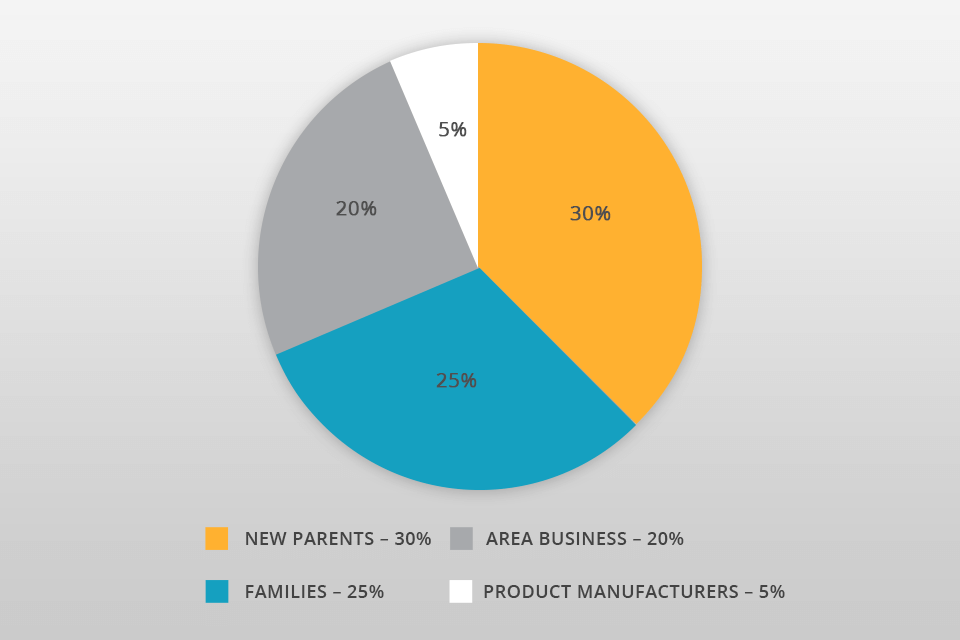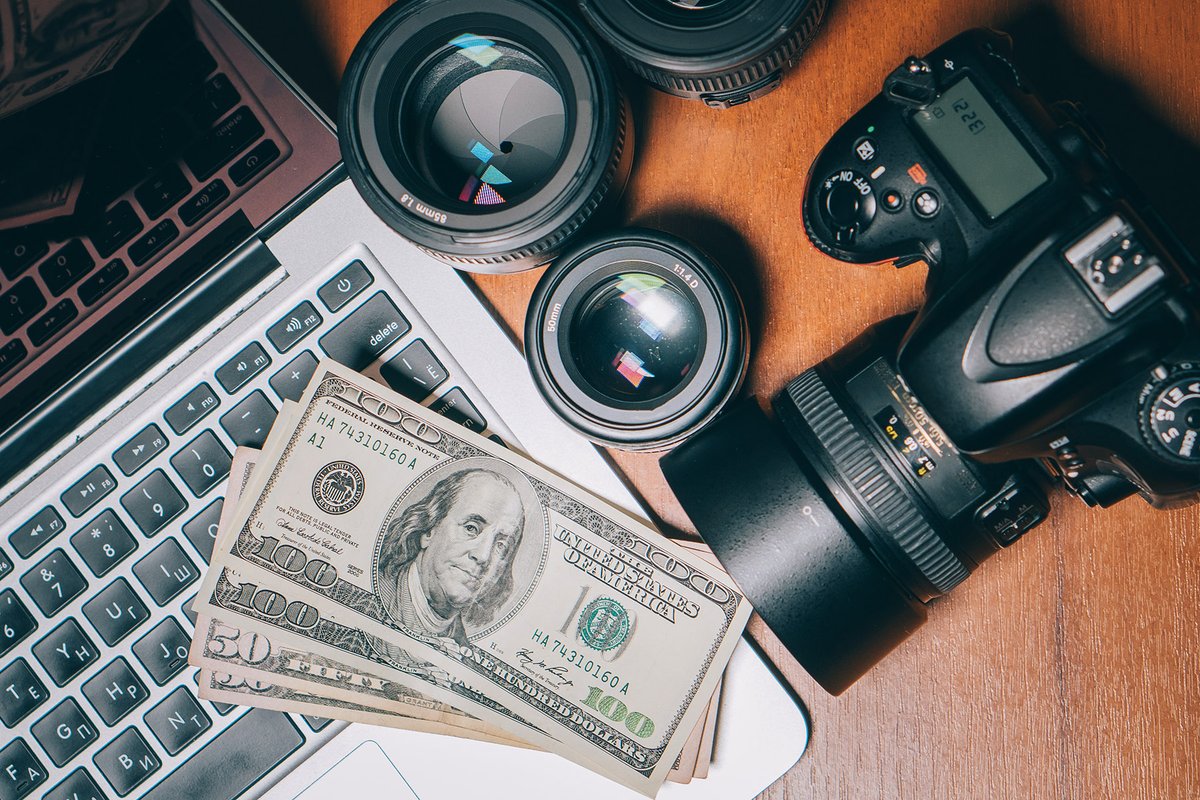Writing a Photography Business Plan: Complete Guide

To successfully start and develop your business, you should make up a photography business plan that will help you get stable increasing revenue.
A business plan for photography is like a map for a traveler – it specifies your goals and explains how to achieve them. It is a great way to assess your achievements and monitor your progress. Moreover, if you want to get engaged in some new projects, you should also include them in your plan and it will help implement all the ideas faster.
Finally, a photography business plan is something you can’t do without in case you want to attract new partners or investors.
Photography Business Plan: Key Elements
If you want to know how to start photography business with no money, you should get acquainted with the key elements of a photographer business plan.
1. Executive Summary

An executive summary is an introduction to your photography business plan. It is a clear preview that defines your objectives as a photographer and your mission statement. Decide what photography genre you want to engage in. Using a Portrait photography
Later, when you already have your regular clients and orders, you may dive deeper into different specialties. But, to begin with, you should present yourself as a specialist in one particular genre (newborn, wedding or portrait photography) and prove that you are not like anyone else.
In this section, describe the key components for the success of your business. It may be the experience you provide during the shooting or how you promote your business. If you write all this down, it will help you implement your ideas faster.
2. Company Description

When you describe your company in the photography business plan, you should highlight the most important ideas about your business.
First of all, you should decide on the business entity you want to have. Research your business formation options and assess your current business state. If necessary, consult a lawyer or financial advisor and they will help determine what structure is the most suitable for you ‒ a limited liability company (LLC), general partnership, sole proprietorship, or another organization.
The next point is to describe where you are going to do business. For example, if you work much in a studio, it’s recommended to lease or buy some premises. However, if you shoot events, a studio is not necessary.
Also I recommend making photography business cards. It may be the only thing standing between your photography portfolio and your potential customers.
3. Assess the Competition

Every shooter should clearly understand who their competitors are. So, research your target market and demographic area, and decide on how you are going to win the clients.
You may use some analytics tools, like Quantcast, Alexa and Google Trends that will identify and assess competitors in the area and help you find new clients. It will also help you improve your services.
Besides, you may use the U.S. Small Business Association’s SizeUp tool. It provides the info on other similar services in the area and local consumer spending in that category, enabling you to size up the competition in your market.
However, mind that the coronavirus pandemic affected all types of business, including a photography one.
4. Consider Your Target Market

Writing a photographer business plan, you should research your target market. To begin with, do some research about photography in general and how the photography business is developing in your region. Only then you will be able to narrow down your target market.
Who are your potential clients? Who are your ideal customers? Learn as much as you can about them and you will be able to attract the right people. It won’t hurt to create a client profile and study photography marketing tips that will help you understand your potential clientele.
I believe that the following four customer segments should be primarily targeted:
New Parents. People expecting a child or those with a newborn child try to capture these magic moments to memorize them for long years. They don’t want just images on their smartphones. They want to have qualitative professional shots that will impress everyone. So, if you choose this photography direction, discover various newborn photo ideas and maternity photo ideas first.
Families. Many families regularly update their photo albums with new family portraits or pics from events. Some people take photos for their homes, offices, wallets or holiday cards. That is why I recommend learning more about family photography and considering some family photo ideas.
Area Businesses. Today, even the smallest company has its website and pages on social networks. Businesses want to create the best Internet sites providing pics of their facilities, portraits of the staff, etc. As a rule, businesses try to find one professional for a long-term relationship that will satisfy all their headshot photography needs.
Product Manufacturers. E-commerce is on its peak today, with businesses creating products and selling them online. Consequently, they need qualitative images for websites, brochures, spec sheets, and other marketing materials. Such companies don’t need a staff shooter so they outsource this task to freelance photographers or photography studios.
If you want to work in this segment, you should get acquainted with these food photo ideas, learn how to edit food photos and also look through some product photography tutorials.
5. Develop Key Marketing Strategies

We proceed with your photography business plan and you have already decided whom to sell your services to. Now it’s time to decide what strategies you apply to achieve your goals. What activities will lead you to success?
I often send a PDF of my recent work to advertising agencies and publishers. Remember that even famous photographers used to include external promotion in photography business marketing.
If you are a wedding photographer, connect with some bridal boutiques and hair saloons ‒ you may cross-refer your services. In case you are involved in commercial real estate photography, cooperate with real estate agencies.
Considering that social networks are rapidly developing nowadays, I suggest creating your pages on Facebook and Instagram so that your potential clients get acquainted with your works. For better results, learn how to have successful Instagram.
By the way, you may also use photography business apps to make your working process easier and more convenient. They will help monitor costs, organize photoshoots, promote business, etc.
Starting a podcast is also a way to gain authority in your field and attract customers to your marketing funnel. Imagine how many great (or not so great) photographer stories you can share with your audience! To learn more, we recommend this article about how to become an expert in your field through podcasting.
6. Think about Portfolio

One more point in your business plan for photography services should belong to your portfolio. It is a base of your previous works available for any user interested in your professional activity. For today, the most effective way to acquaint your prospective clients with your works is to create a photography portfolio using website builders.
Mind that your website should highlight your images and be convenient for users. Moreover, it should be easy to find your contacts there.
7. Determine Pricing Strategy
You should set up prices that will make your business competitive in the area. Will you have packages or provide à la carte services? Maybe, you will charge by the day, per shot, or by print or download. Moreover, you will have to decide how you will take payments from your clients. The most popular payment method in the photography business is invoices. It is a great way to get paid as quickly as possible.
8. Consider Your Operations Strategy

In this section of the photography business plan, you will have to describe in detail where you will work. Many portrait photographers arrange studios at home and work there. If you are a commercial shooter with clients and creative directors, you need to rent a studio.
However, depending on the photography genre you are involved in, you might not need a studio all the time. So, there is no need to rent a studio on a monthly basis. Decide what genre you are going to work in and where you will photograph more often.
In case you need a professional studio, I recommend learning how to find photography studio rental.
9. Define Business Participants
There are two ways here. The first one ‒ you will take pics and edit them by yourself. Yes, it will be cheaper since you don’t have to pay money for that. However, on the other hand, you will not have time to rest and you will have to turn down new orders because you have to edit photos from previous shootings.
The second way ‒ outsource retouching services. If you approach these guys, you will get at least three benefits.
Firstly, you will have some time to develop your business. Secondly, you will boost your productivity. Finally, you will not waste time on image post-production.
10. Financial Component of Your Business Plan

A solid financial plan is an integral component of each photographer business plan. A big part here belongs to startup costs. They include:
- legal advice
- website design
- essential photography gear
- advertising
To begin with, estimate how much money you need to cover these costs and how much capital you have in reality. You may consider such funding options as small business loans, grants and crowdfunding.
In the future, when you are already working and fulfilling orders, you may include other financial statements in this section, like a balance sheet, cash flow and income. They will help you create a cash-flow analysis and monitor the financial success of your business.
If you are not good at accounting and finances, it’s better to approach a professional for advice or utilize a tool like Upmetrics for effective planning and guidance along the way.
11. Make a SWOT Analysis
A SWOT analysis is a planning technique used to determine the strengths and weaknesses of your business, opportunities open to it and threats that it might face. When you examine these internal and external factors, you will be able to create strategies to address challenges and find your niche in the market.
Making a SWOT analysis online, you may look at a business as a whole or consider some specific projects before they are launched. It’s often displayed as a matrix with each of the categories (strengths-weaknesses-opportunities-threats) occupying a cell on a table.





